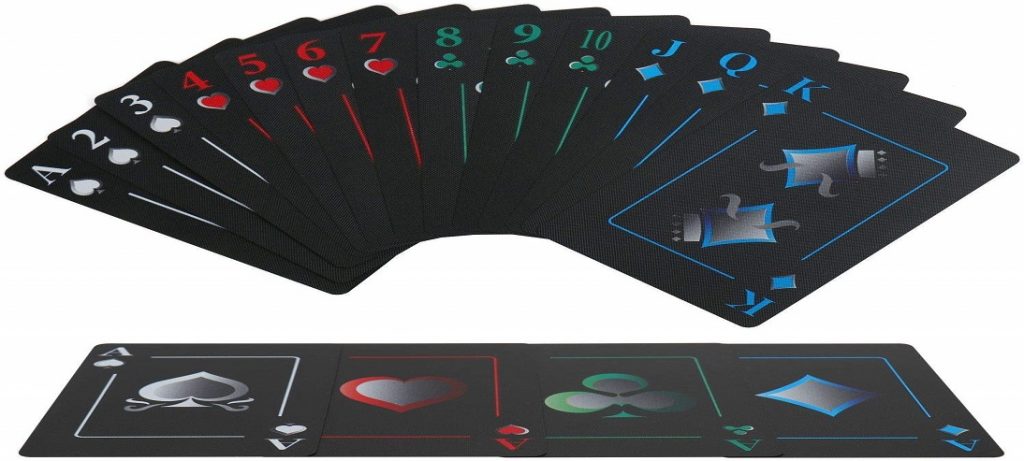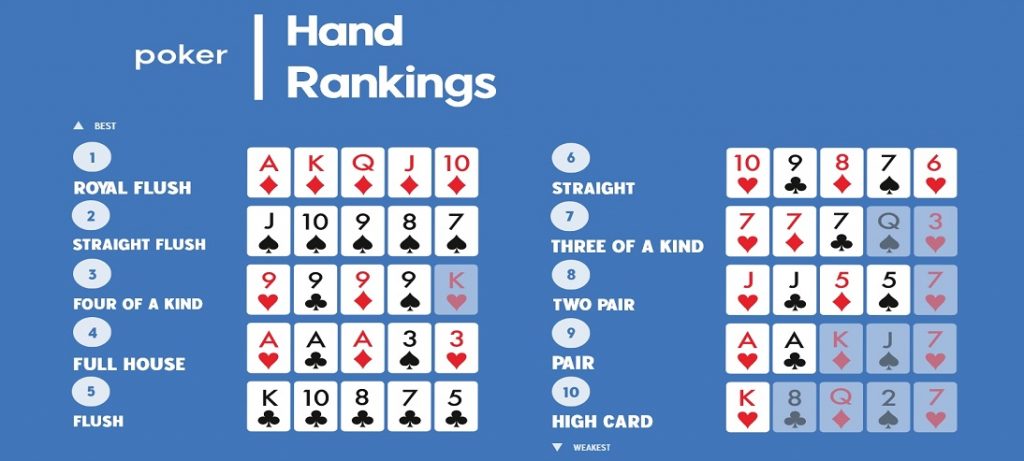Here’s a tip for you: Poker is one of the easiest card games to get started. You only need a pack of cards to play. A standard 52-card pack is the de facto choice, but depending on the poker variation, the joker card could also be played.
Like any other standard card pack, the cards in poker are ranked (in value) from high to low as follows:
Ace (A), King (K), Queen (Q), Jack (J), 10, 9, 8, 7, 6, 5, 4, 3, 2, Ace (A)
You’ll also notice that the ace cards appear twice in this ranking as it is a card that can be considered either a high- or low-value card. Though, most players would typically utilise the ace as a high-ranking card. Along with that, do expect the usual four-card suits in the game such as spades, hearts, diamonds, and clubs. The card suits are all equal in ranking in poker.
Other variations of the game could include wild cards that can be utilised to substitute any suit and rank. And the joker could also be sometimes used as a wild card. It all depends on the specific poker variation that you are playing.









